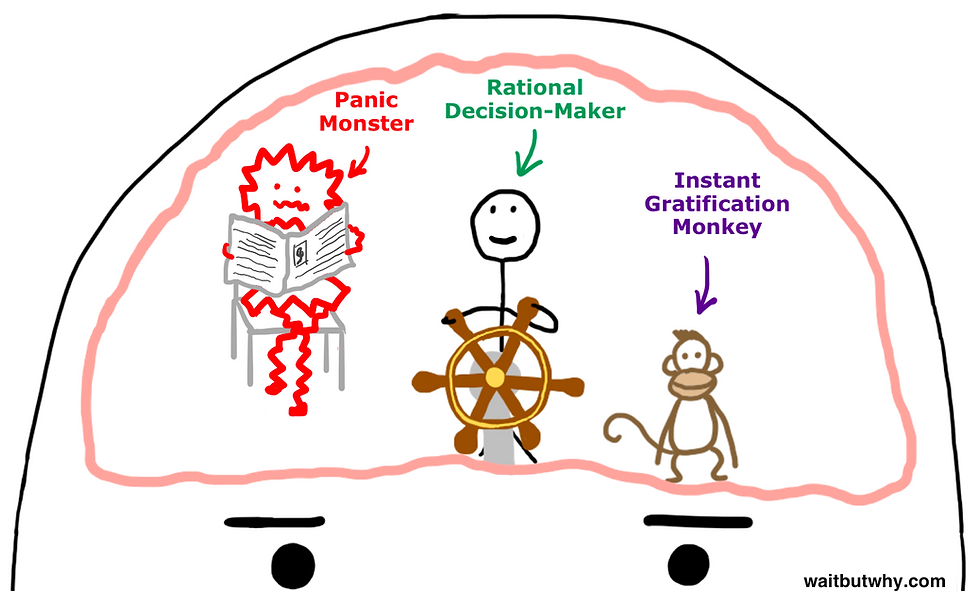Adopting healthier lifestyle
Adopting healthier eating habits is essential not only for maintaining a healthy weight but also for reducing the risk of non-communicable diseases (NCDs) like heart disease, diabetes, and cancer.
Unhealthy eating patterns can contribute to the development of these chronic conditions over time. While some habits are beneficial—like drinking water instead of sugary drinks—others, such as regularly indulging in unhealthy snacks, can increase the risk of NCDs. Fortunately, it’s never too late to make meaningful changes.
While extreme diets may lead to temporary weight loss, they aren't sustainable and may not address the broader risk factors associated with NCDs. A gradual and thoughtful approach is more effective for long-term success and disease prevention:
1. Reflect on Your Eating Habits
Monitor your diet: For a few days, keep track of what you eat and drink. This will help you identify patterns that could increase your risk of NCDs, like high intake of processed foods, sugary drinks, and trans fats. Note how you feel before eating—are you stressed, bored, or just thirsty?
Identify risk factors: Some common eating habits linked to an increased risk of NCDs include:
- Eating too fast, which can lead to overeating and weight gain, a major risk factor for NCDs.
- Consuming sugary beverages, which contributes to obesity and type 2 diabetes.
- Skipping meals, which may lead to poor nutrient intake or overeating later in the day.
Recognize triggers: Notice what causes unhealthy eating patterns. Triggers like stress, fatigue, or the availability of unhealthy snacks may push you toward choices that increase the likelihood of NCDs.
2. Replace Unhealthy Habits to Reduce NCD Risk
Plan ahead: Develop strategies to avoid situations that lead to unhealthy eating. For example, plan your meals in advance to avoid impulsive choices that may be high in salt, sugar, or unhealthy fats—key contributors to hypertension, obesity, and cardiovascular disease.
Choose healthier alternatives: When unhealthy habits are unavoidable, make better choices. For example, replace snacks high in sugar and trans fats with fruits, nuts, or whole grains, which support heart health and help prevent diabetes.
Minimize distractions: Eating while watching TV or working can lead to overeating, which increases your risk of obesity—a major contributor to many NCDs.
Eat slowly: Eating too quickly can prevent your body from signaling fullness in time, which may contribute to overeating and weight gain. Slower, mindful eating helps control portions and supports metabolic health.
Eat when you're truly hungry: Emotional eating can lead to consuming unhealthy, calorie-dense foods, which increases the risk of conditions like diabetes and heart disease. Engage in other stress-relieving activities like walking or meditation instead.
3. Reinforce Healthy Habits for Long-Term Disease Prevention
Be patient: Building healthy habits takes time, but every step reduces your risk of NCDs. If you slip back into old patterns, recognize the triggers and make adjustments.
Celebrate progress: Acknowledge your successes, such as reducing your intake of sugary drinks or processed foods, which are significant contributors to diseases like type 2 diabetes and hypertension.
Stay positive: One unhealthy meal or snack won’t undo your progress. The goal is to gradually reduce habits that increase the risk of NCDs while reinforcing healthier behaviors.
By adopting healthier eating habits, you’re not only improving your current well-being but also significantly lowering your risk of developing non-communicable diseases ...help future life












.jpeg)


